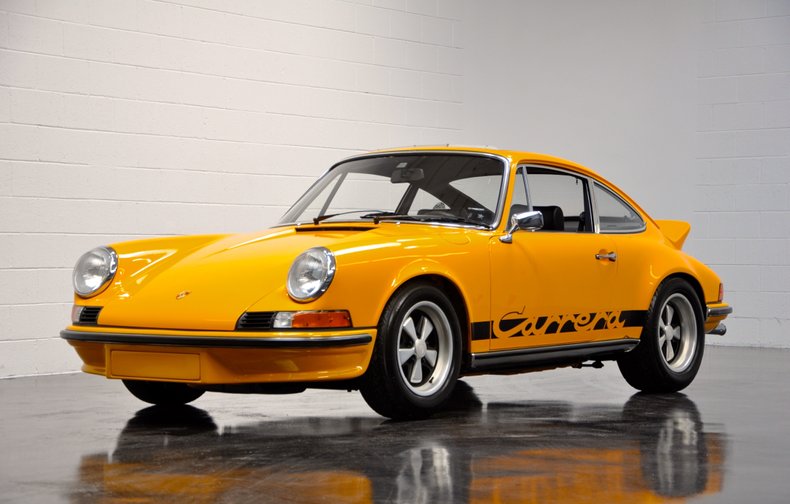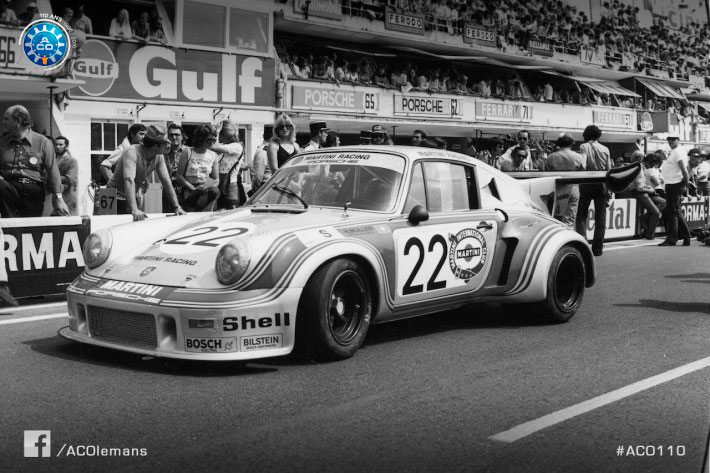

The RS suffix for rennsport or motorsports indicated this car was more than the standard 911S. It was a performance car built as Porsche’s first production “sports purpose” 911 with a new performance engine, special tuned suspension, wider wheels and fenders, a redesigned front air dam and employing the signature ducktail rear spoiler. The 911 RS inspired a series of dedicated RSR race cars that became a legendary success. To keep the custom Porsche 911 at the forefront of racing competition, Porsche turned to turbocharging. Porsche’s first turbocharged 911 race car, the Carrera RSR Turbo, finished 2nd at Lemans in 1974.

It was the success of this car that led to the development of Porsche first production 911 Turbo. Since its inception, the 911 Turbo has been designed, marketed and sold as one of Porsche’s top shelf performance GT’s with often enhanced accessories, features and interior amenities.
There is a universal language of design that transcends the disciplines of architecture, automotive, industrial and product design. This is best exemplified by Porsche’s current automotive line paralleled with the Porsche Design Studio’s work in providing industrial and product design services. As an architect, the process of design through construction has similarities to the automotive industry in how a custom Porsche 911 is designed and produced. At its core is the fundamental understanding of component properties, appropriate uses, and manufacturing techniques to achieve the objective aesthetic and best overall performance.